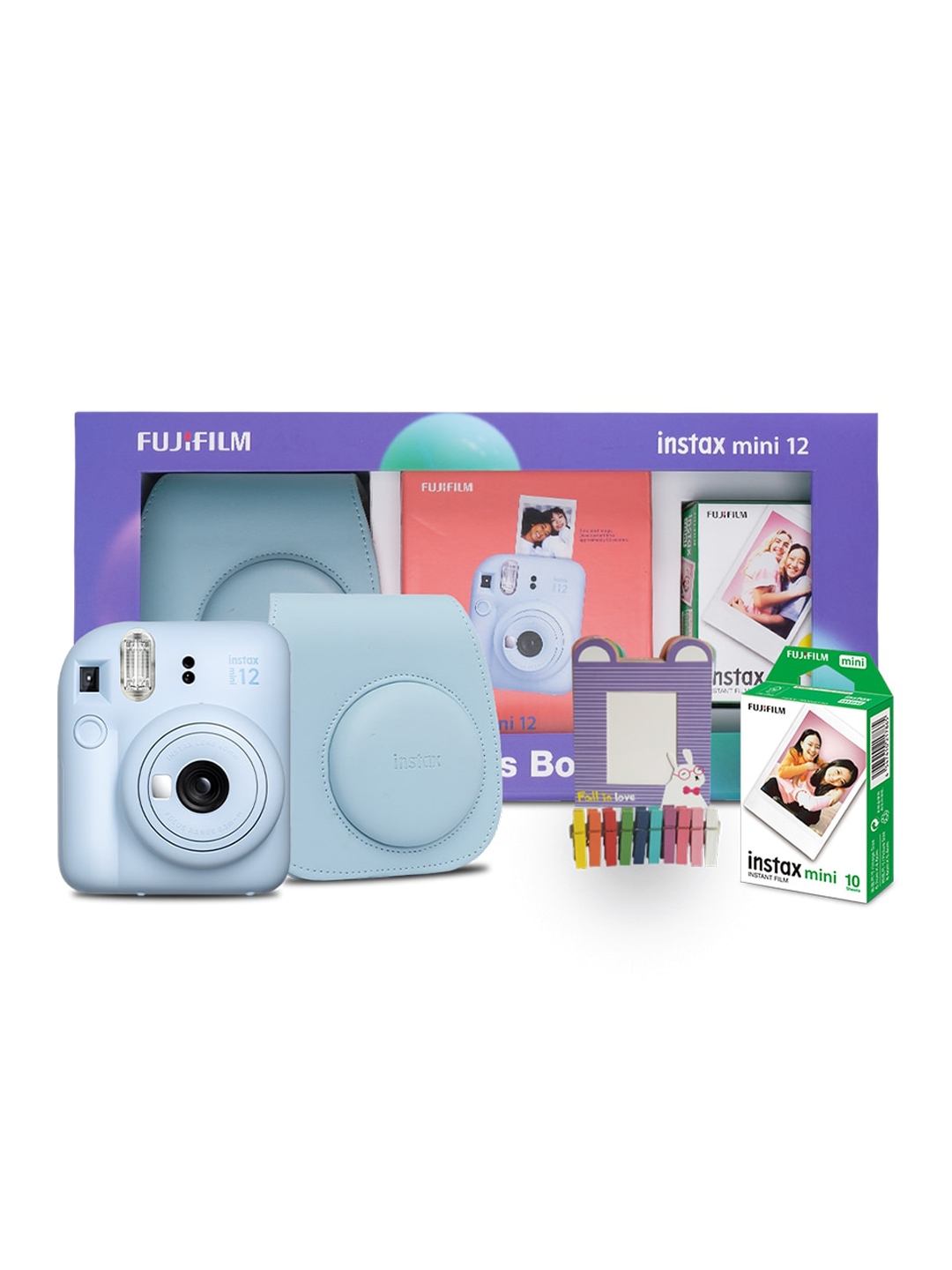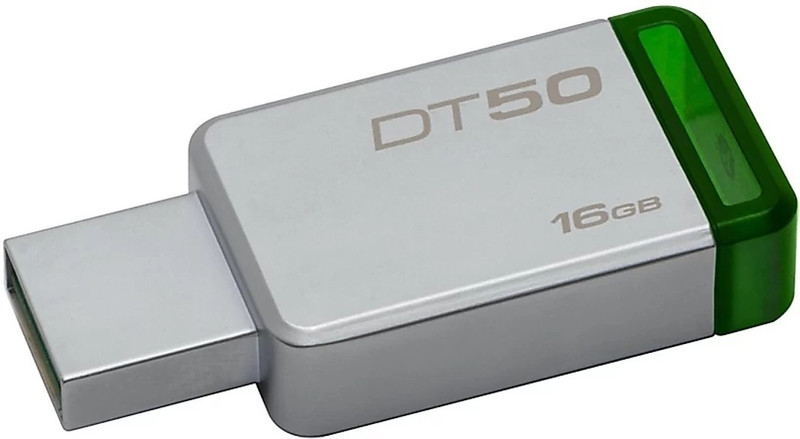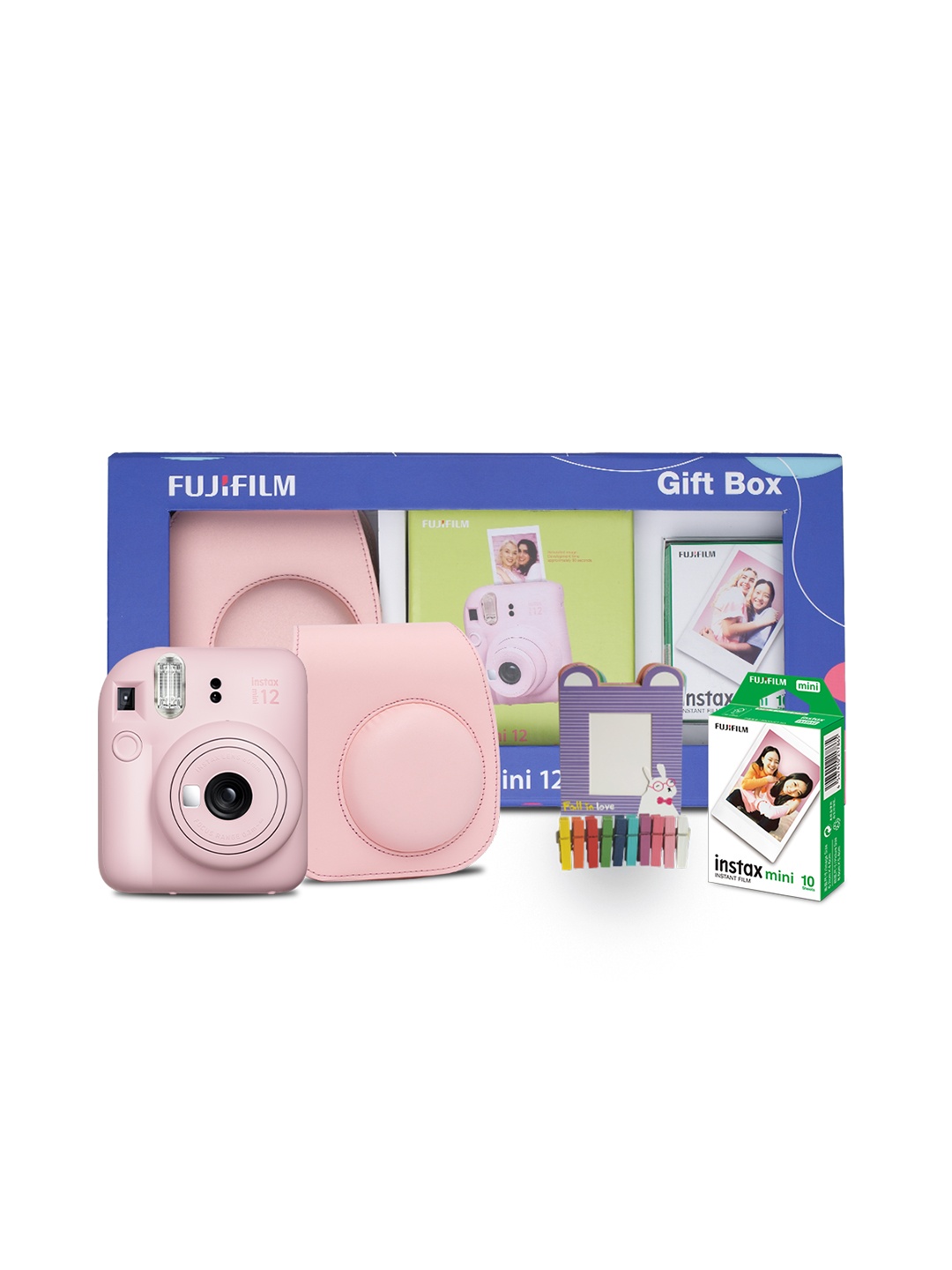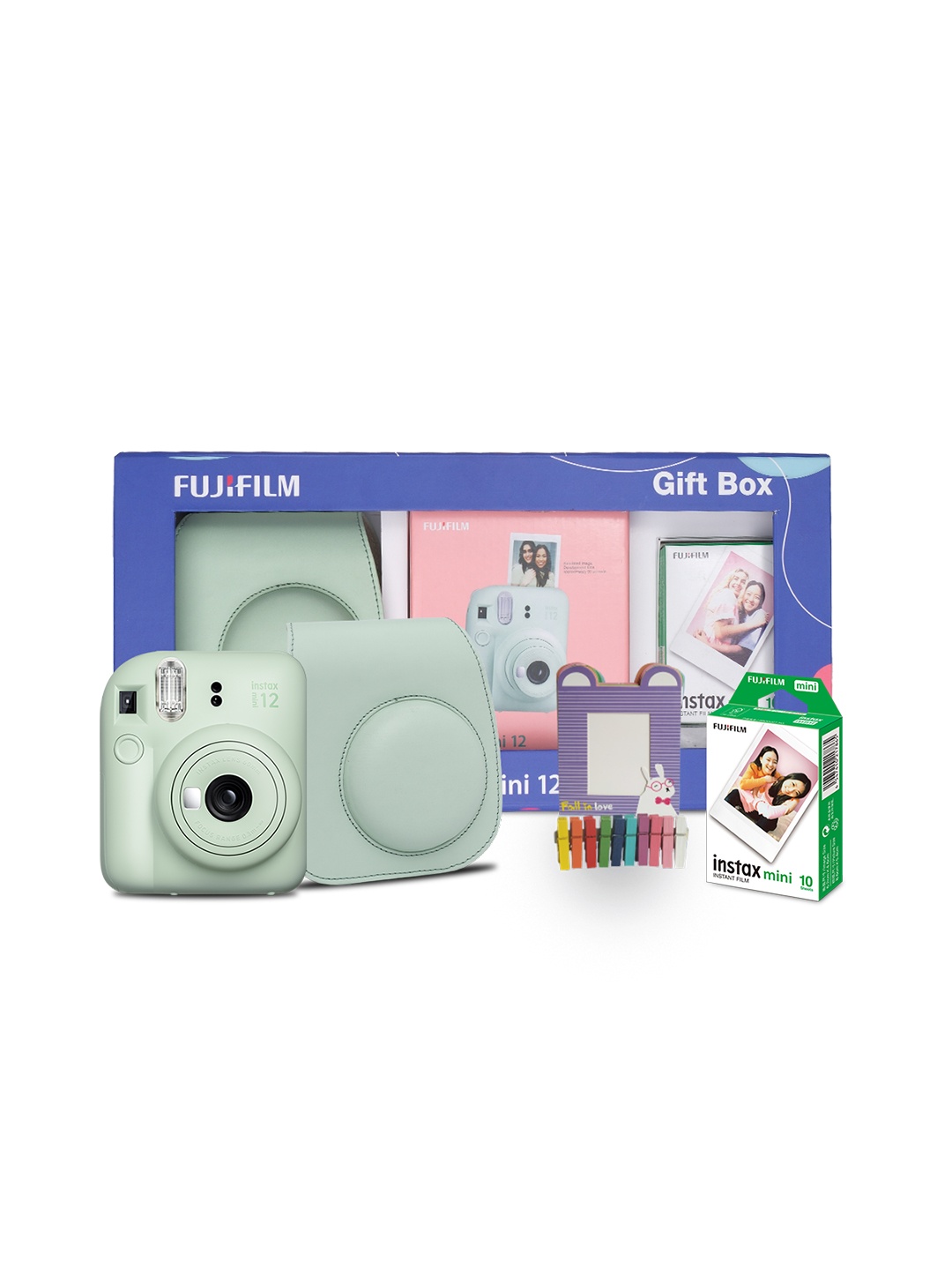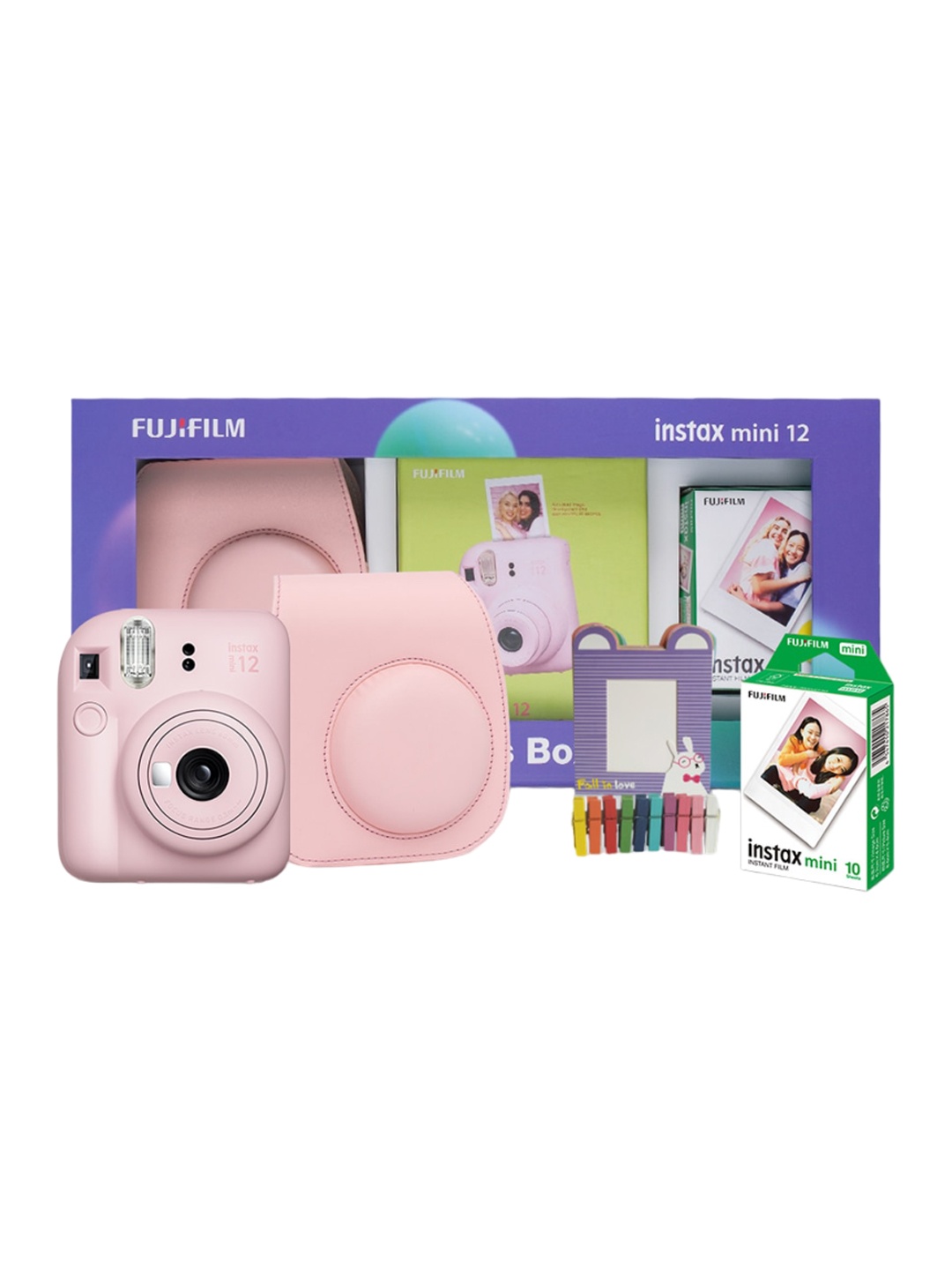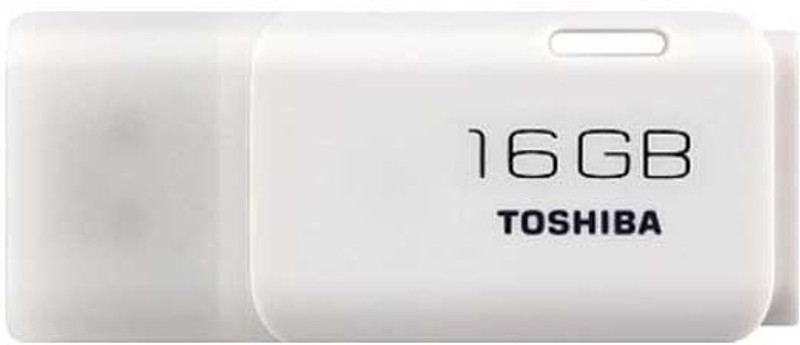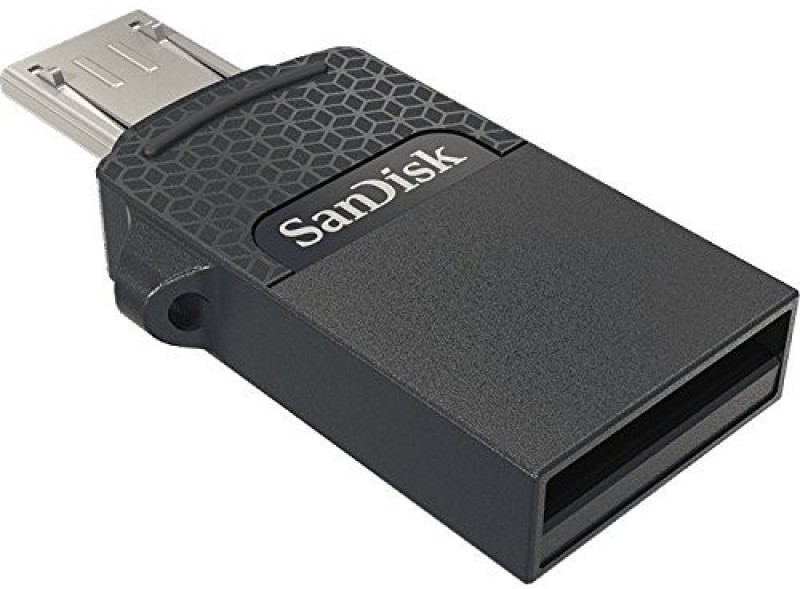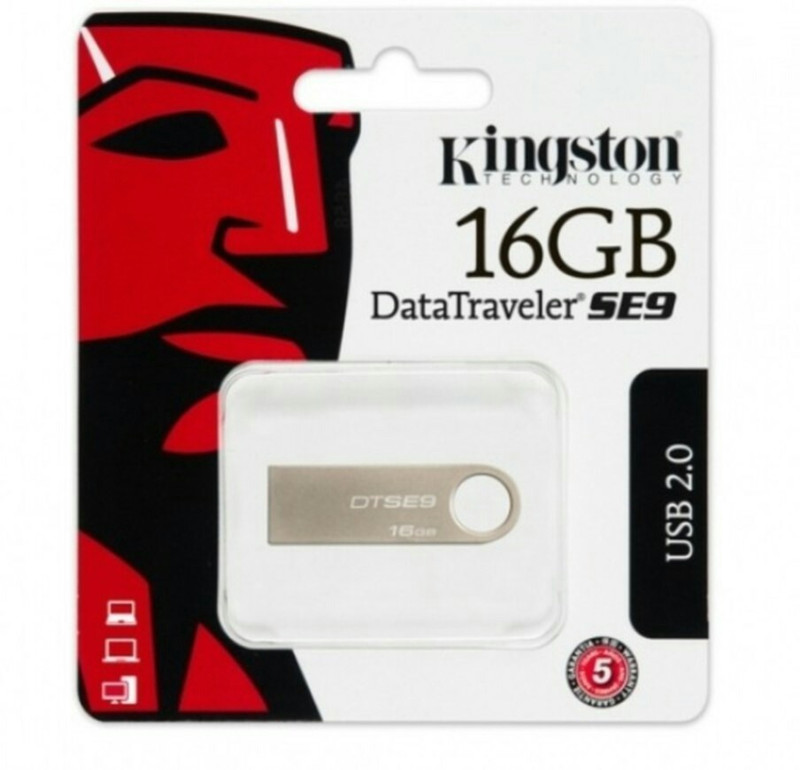Avoid Sunscreen Mistakes And Discover Amazon's Top 8 - Foxtale, Nivea to Minimalist

Sunscreen. It's a word we all know, a product most of us use. But how many of us truly understand its impact, nature or benefits? It's like that loyal friend who always promises to have your back but somehow seems to fall short at the crucial moment. You know the feeling: you've applied sunscreen, you're out in the sun for a few hours, and suddenly, you're redder than a lobster. Not exactly the ‘sun-kissed glow' you were after, right? But what if the problem isn't the sunscreen itself, but how you're using it or perhaps you are picking the wrong product itself?
Turns out, sunscreen isn't as straightforward as it seems. A sunscreen mishap can lead to burns, premature ageing, and worse, skin cancer. But don't panic just yet. There's hope, and it starts with understanding why your sunscreen might not be working properly and also, check our list of top 8 such products available on Amazon from Foxtale, Nivea, Aqualogica, Neutrogena to Minimalist. Ready to tackle those sun-damaged fears head-on? Let's dive in.
Also Read: SPF 30 Or SPF 50: Are You Using The Right Sunscreen?
Why Your Sunscreen Fails: Know The Best Tips to Boost Sun Protection And Check Out The Top 8 Such Products Now Available On Amazon From Foxtale, Nivea, Aqualogica, Neutrogena to Minimalist; Photo Credit: Pexels
1. Not Applying Enough Sunscreen
Applying sunscreen should be second nature, like brushing your teeth. But let's be honest, most of us treat it more like a quick spritz of perfume than a protective ritual. The average person uses less than half the amount dermatologists recommend, and that's a problem. The rule of thumb? Two milligrams per square centimetre of skin, or to keep things simple, a shot glass full for your body. Yes, a whole shot. Not just a dab here and a smear there.
The truth is, if you're not using enough, you're not getting the SPF level stated on the bottle. That SPF 30? It might be acting more like an SPF 10 if you're applying it sparingly. Imagine going into battle with a shield only covering half your body; that's what skimping on sunscreen looks like.
And don't forget the back of your neck, the tops of your feet, and the backs of your hands, common spots people miss. If you're using a spray, hold it close and rub it in. Sprays can be deceiving; what looks like good coverage might just be a cloud of sunscreen drifting away in the wind. Generosity is key here. Think of it as moisturising with a purpose. Your skin's future self will thank you.
2. You're Not Reapplying Frequently Enough
Reapplying sunscreen is one of those things we all know we should do, but somehow forget. Or ignore. Or just. Hope for the best. Yet even the most effective sunscreen wears off with time, sweat, water, and general life happening. If your defence plan stops after the morning application, your skin could be exposed long before lunchtime.
Dermatologists recommend reapplying every two hours, and immediately after swimming or sweating. Think of sunscreen like armour; after a few hits, it weakens. A quick swim, wiping your face with a towel, or even a hot walk through town is enough to erode your skin's protection.
If the thought of reapplying over makeup sends a shiver down your spine, try using SPF powders or setting sprays with sun protection. They're not perfect, but they're better than nothing. And if you're outdoors, set a timer on your phone. Make it a habit, like topping up your water bottle. Your skin doesn't take a break, and neither should your sun protection.
3. Using Sunscreen with a Low SPF
SPF can be confusing. Many assume that an SPF 15 or 20 is perfectly fine, especially in cloudy weather or for short outdoor bursts. But here's the catch: SPF 15 blocks about 93% of UVB rays, whereas SPF 30 blocks roughly 97%, and SPF 50 climbs to 98%. It doesn't sound like a big difference on paper, but when it comes to preventing long-term skin damage, every percentage point counts.
Higher SPF means more peace of mind, especially if you're spending more than 30 minutes outdoors. It's not just about sunburn; UVB rays cause visible damage, but UVA rays (which aren't blocked by all low-SPF sunscreens) contribute to premature ageing, pigmentation, and deeper skin damage. Broad-spectrum protection, covering both UVA and UVB, is essential.
It's worth noting that a higher SPF doesn't mean you can reapply less often. It just gives you a stronger starting point. Think of SPF like sunscreen's horsepower. Sure, you wouldn't race a car without brakes, and you shouldn't rely on SPF alone, but picking a sunscreen with a higher SPF gets you off the line with better odds.
4. You're Choosing the Wrong Type of Sunscreen
Chemical or mineral? Gel or cream? Scented or fragrance-free? The sunscreen aisle can be a minefield. The problem is, picking the wrong type for your skin can mean breakouts, irritation, or just plain not using it at all.
Chemical sunscreens absorb UV rays and transform them into heat. They're generally lighter in texture and better for everyday use under makeup. But they can irritate sensitive skin or sting if they get into your eyes, not ideal if you're out for a run. Mineral sunscreens, on the other hand, sit on top of the skin and reflect rays. They're made with zinc oxide or titanium dioxide and are often the go-to for those with eczema, rosacea or young children.
Texture also matters. A greasy formula might make you dread reapplication, while a light gel could disappear in seconds and make you want to use it more. If your skin feels happy and protected, you're far more likely to stick to your sunscreen routine. It's not one-size-fits-all. Find your sunscreen soulmate, your skin deserves that kind of love.
5. Forgetting to Protect Sensitive Areas
There's a sneaky group of body parts that often get left behind in the sunscreen routine. Ears, eyelids, lips, the back of the neck, and even the tops of your feet, they're like the forgotten cousins at the family barbecue. Yet these areas are particularly vulnerable to burns and skin cancer.
Let's start with the lips. They lack melanin, the pigment that offers some natural sun defence, making them easy targets for UV damage. Invest in a lip balm with at least SPF 30 and reapply regularly, especially after eating or drinking. Ears are another frequent victim. Think of how often they're exposed, especially if you wear your hair up or short.
The skin around your eyes is thin and delicate, and prone to both burning and premature ageing. Use an eye-specific SPF if your usual sunscreen stings. And as for the scalp, if you've ever had a burnt parting, you know how painful that can be. A quick spritz of sunscreen spray through your hair or a wide-brimmed hat can save you days of discomfort.
6. Not Giving Sunscreen Enough Time to Absorb
We've all been there, slapping on sunscreen right before stepping outside, assuming it'll start working immediately. But here's the twist: chemical sunscreens need about 15 to 30 minutes to bind to the skin and form a protective barrier. Without that grace period, your first moments in the sun are essentially unguarded.
It's like putting on your coat after stepping out into the rain, a little too late to stay dry. For best results, apply sunscreen before you get dressed, allowing it to sink into clean, dry skin. This not only ensures better absorption but also means you're not missing spots covered by clothing.
This delay doesn't apply to mineral sunscreens, which begin working immediately since they act as a physical barrier. However, even with those, it's a good idea to apply ahead of time to make sure everything's in place. Give your sunscreen a moment to do its job, it's not being slow, it's being thorough.
7. Applying Sunscreen Over Damp Skin
Imagine trying to paint over a soaking wet canvas; the colours won't stick properly, and your masterpiece turns into a mess. The same logic applies to applying sunscreen on wet or sweaty skin. It simply doesn't hold up as well, and you might be unknowingly reducing its effectiveness.
Water can dilute sunscreen, causing it to spread unevenly and lose its grip. That's why it's essential to towel off before reapplying. Yes, it's a bit of a faff, especially if you're at the beach and covered in sand, but it makes a huge difference. Some sunscreens are labelled ‘wet skin friendly', and while that's better than nothing, dry skin is still the gold standard.
And don't forget that sweating has a similar impact. After a workout or a brisk walk, take a moment to wipe down and cool off before topping up your protection. It's one extra step, but one that could prevent a nasty burn. Your future holiday photos and your skin will be better for it.
8. Relying Only On Sunscreen For Protection
Sunscreen is brilliant, but it's not a miracle cloak of invincibility. Relying on it alone is like going into a snowstorm in a jumper without a coat, brave, maybe, but not the wisest choice. The sun is relentless, and sometimes, sunscreen needs backup.
That's where sun-smart habits come in. Clothing, hats, sunglasses, and a healthy respect for shade can work wonders. Think linen shirts, broad-brimmed hats, UV-protective sunglasses, all part of your sunny-day toolkit. Staying out of direct sun between 10 a.m. and 4 p.m., when rays are strongest, is another underrated trick.
And don't forget about reflective surfaces. Water, sand, snow and even pavement can bounce UV rays back onto your skin. So even if you're under an umbrella, you're not entirely safe. It's not about hiding indoors, it's about being clever. Sunscreen is one piece of the puzzle, not the whole picture. Treat your skin like it's your best outfit, because it is.
Products Related To This Article On Amazon From Foxtale, Nivea, Aqualogica, Neutrogena To Minimalist
1. Dr. Sheth's Ceramide & Vitamin C Sunscreen
2. Foxtale SPF 50 Vitamin C Glow Sunscreen with PA++++ & Niacinamide
3. Nivea SUN Protect and Moisture 75ml SPF 50 Advanced Sunscreen for Instant Protection
4. Dot & Key Watermelon Cooling Sunscreen SPF 50+ PA++++
5. Aqualogica Glow+ Dewy Sunscreen SPF 50+ PA++++ with Papaya & Vitamin C
6. The Derma Co 1% Hyaluronic Sunscreen Aqua Gel SPF 50 PA++++
7. Neutrogena Ultra Sheer Sunscreen SPF 50+ | Broad Spectrum UVA/UVB
8. La Shield Fisico SPF 50 PA+++ Mineral Sunscreen | Water Resistant Upto 8 hours
9. Fixderma Shadow Sunscreen SPF 50+ PA+++ Gel
10. Minimalist Sunscreen SPF 50 PA++++
Sunscreen is our first line of defence against the sun's harmful rays, but it's not a foolproof solution on its own. Getting the most out of it requires more than just slapping it on before heading out. It's about using the right amount, reapplying regularly, and ensuring you have the correct skin type. Plus, make sure you pick the best while out shopping for one. Do check our list of the top 8 sunscreens available on Amazon from Foxtale, Nivea, Aqualogica, Neutrogena to Minimalist.
By following these simple tips and tricks, you can ensure your sunscreen does its job and protects your skin from damage. Remember, it's not just about looking good in the summer; it's about staying safe and taking care of your skin for the long run. Don't let sunscreen be the unsung hero of your skincare routine; make it work for you, and your skin will thank you later!
Disclaimer: The images used in this article are for illustration purpose only. They may not be an exact representation of the products, categories and brands listed in this article.














